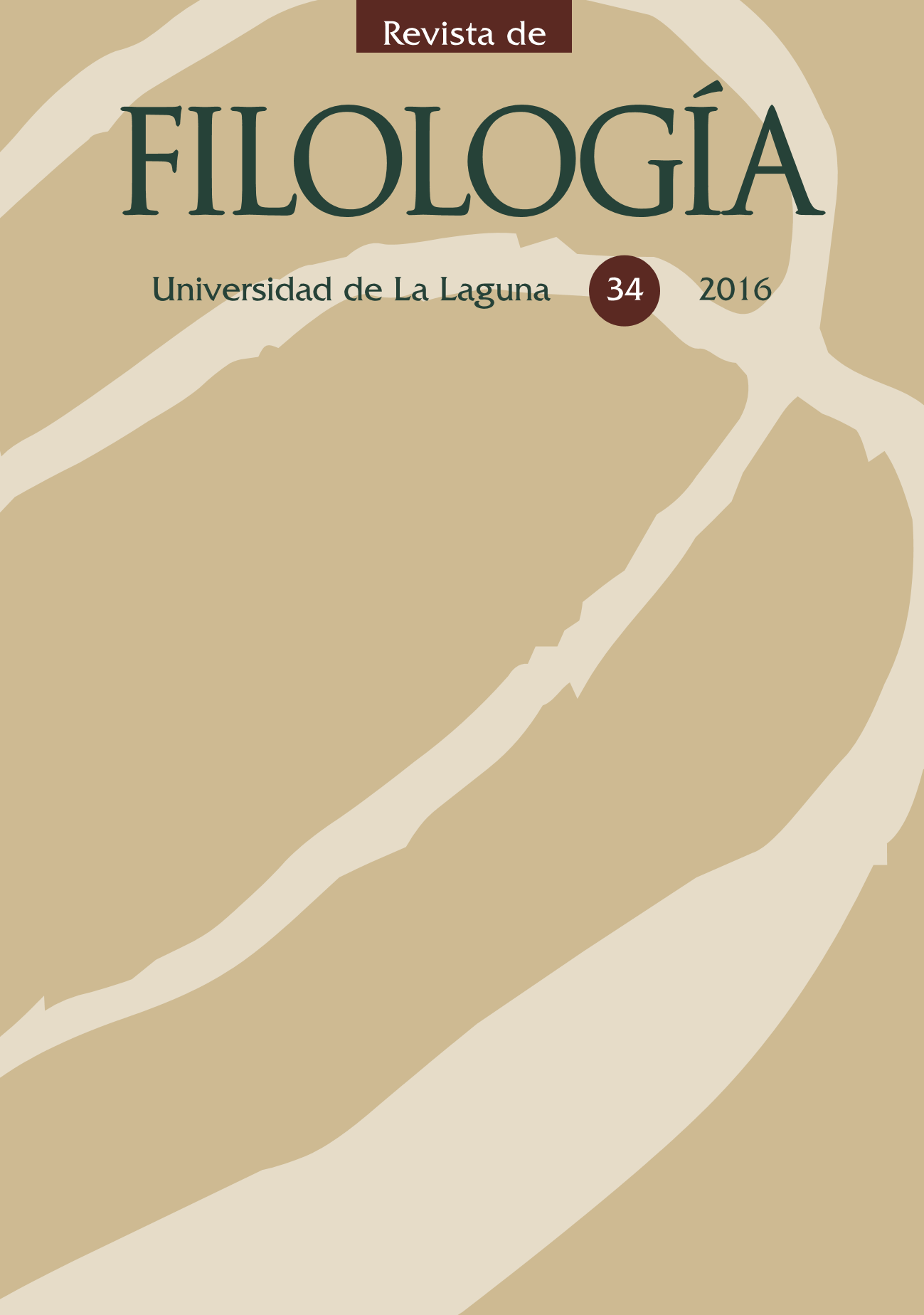« Donde se forman las expediciones definitivas» El hombre perdido y las «novelas de la nebulosa» de Ramón Gómez de la Serna
Abstract
This article analyses the “novelas de la nebulosa” by Ramón Gómez de la Serna and especially El hombre perdido (1947) as the culmination and end of Ramón’s literary practice of the “des/hacer”, implemented in his “libros ultravertebrados”, of which El Rastro (1914) is the first best example. Following Fredric Jameson, we understand that literary practice as the aesthetic expression of the ideologeme of the circulation of the commodity, since Ramón unleashes reality, dissolves its apparent configuration in order to re-circulate reality under the guise of his “greguerías”, or metaphorical “precipitates” of things. The “nebulosa” to which the protagonist of El hombre perdido retires at the end of the novel is the no-place where the circulation of commodities or image-commodities has ceased. That no-space represents at the same time the end of the artistic creativity and the place for embracing the dissolution of existence. As a consequence, his work takes here a re-humanizing turn that transforms the “nebulosa” in a sort of nihilistic solution to the increasing anguish in front of life and death that is tormenting Ramón since his exile in Argentina after 1936.
The works published in this journal are the property of their respective authors, who grant the Revista de Filología de la Universidad de La Laguna the right of first publication, as stated in our Authorship Rights Policy.









